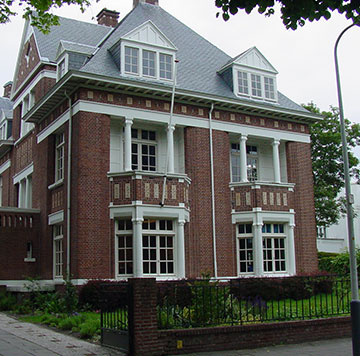RFMO-04 - Rapid fire session from selected oral abstracts
Optimizing A Tissue-targeted Nucleic Acid Therapeutic (dna, Mrna, Sirna, Crispr/cas9) Delivery Platform With Unique Cell Uptake Properties For In Vivo Applications, And Use In Hard-to-transfect Cells
- By: MOYLE, Peter (The University Of Queensland, School of Pharmacy, Australia)
- Co-author(s): Dr Peter Moyle (School of Pharmacy, the University of Queensland, Woolloongabba, Australia)
Mr Hong Yi Lau (School of Pharmacy, the University of Queensland, Woolloongabba, Australia)
Dr Anjuman Begum (School of Pharmacy, the University of Queensland, Woolloongabba, Australia)
Mr Frazer Sinclair (School of Pharmacy, the University of Queensland, Woolloongabba, Australia)
Prof Istvan Toth (School of Pharmacy, the University of Queensland, Woolloongabba, Australia / School of Chemistry and Molecular Biosciences, The University of Queensland, St Lucia, Australia / Institute for Molecular Bioscience, The University of Queensland, St Lucia, Australia) - Abstract:
Gene delivery is a promising technique that offers a better way to prevent, treat and cure diseases that cannot be treated using traditional pharmaceutical approaches, and is an essential technique for improving our understanding of biological pathways and for drug development. Peptide-based gene delivery systems represent a safe and promising gene delivery approach, which can harness alternative means of cellular uptake compared to lipid nanoparticles, providing unique opportunities to improve their cellular uptake and cellular targeting capacity. However, these systems face challenges in terms of in vivo stability and targeted delivery to specific tissues. Our laboratory has developed multicomponent, peptide-based delivery systems for nucleic acid-based molecules (DNA, mRNA, siRNA, CRISPR), which feature a cationic peptide and/or polymer to condense oligonucleotides, an endosomal escape species to assist endosomal release, and a library of ligands for targeting receptors that are overexpressed on tumors to provide tumor-specific targeting. These systems can be readily assembled using an automated, high yielding Fmoc-peptide synthesis protocol. The combination of these systems with phospholipids generated formulations that efficiently packaged oligonucleotides into nanoparticles, were synergistic for cellular uptake, exhibited endosomal release, and demonstrated comparable transfection efficiency to the commercial reagent Lipofectamine 3000 in both serum and serum-free environments, while providing specificity for cell lines that overexpressed their targeted receptor. A variety of combinations of cationic, non-ionic and anionic phospholipid formulations have been assessed, to identify formulations that show maximum transfection efficiency in high serum containing conditions, as a model for in vivo applications. These systems have been further optimised by investigating the effects of varying the ratios of each component on particle size, cell uptake and gene expression, as well as incorporating various polymer-coatings to improve the stability and degradation tolerance of both the delivery system and genetic materials towards serum. Transfection experiments using plasmid DNA or mRNA encoding fluorescent proteins were performed on cancer cell lines, demonstrating that the gene delivery system was able to efficiently express the genetic material even in the presence of increasing serum concentrations, with specificity towards cell lines that overexpressed the targeted receptor. In addition, studies of individual systems, or mixtures, on hard-to-transfect cell lines, demonstrated their capacity to provide significantly improved uptake and expression in these cell lines when compared to Lipofectamine 3000. These findings suggest that these delivery systems could be used for in vivo, tissue targeted gene therapy applications in the future, and can provide scientists with a useful tool for transfecting hard-to-transfect cell lines for their research.

